
Infectious diseases are emerging at an alarmingly rapid pace, faster than any other time in human history.

Infectious diseases are emerging at an alarmingly rapid pace, faster than any other time in human history.

Updated review and meta-analysis identifies the classes of antibiotics most strongly linked to healthcare facility-associated Clostridioides difficile infection.

Despite a growing number of cases, millions gather in India for Hindu festival.
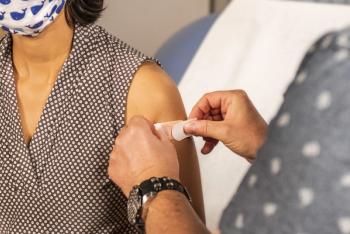
With millions of people vaccinated for COVID-19, A new study, collecting data from CDC's v-safe program, discusses reactions following mRNA-based vaccines.

A recent study looked at the racial disparities amongst people living with HIV and COVID-19 positivity rates.
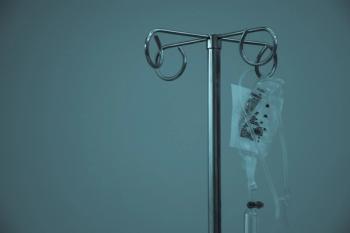
A retrospective comparative effectiveness study looked at time to clinical improvement or time to death among hospitalized patients who were treated with or without remdesivir.
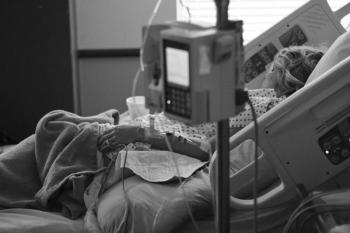
This prognostic marker might not be an adequate reason to test for Clostridium difficile in hospitalized patients.

The company asked the Food and Drug Administration (FDA) to amend their Emergency Use Authorization (EUA) to include 12-15 year olds.
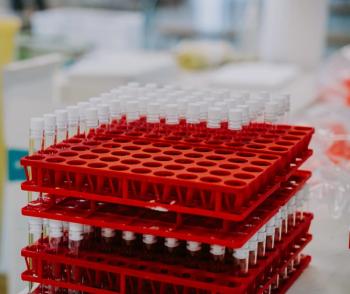
The newest research of rare adverse events among patients administered the vaccine highlights that venous or arterial thrombosis can develop in unexpected regions, including the brain or abdomen, 5-20 days after administration.

Overall, more than half a million more people died between March 2020 and the end of the year, suggesting the pandemic may have been indirectly involved in more deaths than previously realized.

A new commentary from experts highlight the evolving understanding of antibody response in vaccinated transplant patients.

Even with just a mild case of COVID-19, many of the participants reported long-term symptoms that had a negative impact on their life.

While patients who developed a severe case of COVID-19 were at the highest risk, it was not limited to them.

Letters to legislators call for increased funding to address ongoing crisis.

Face masks protect from COVID-19, but multilayered ones made of certain materials perform better than others.

An outbreak which began at an infected healthcare worker's funeral has resulted in nearly 100 contact follow-ups.
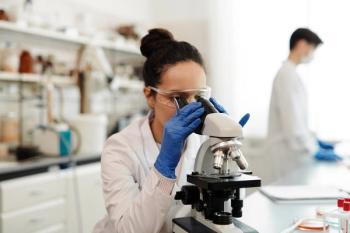
While the therapy did not meet its primary endpoint, it did show a statistically significant reduction in mortality compared to stand of care alone.

The United Kingdom’s Medicines and Healthcare products Regulatory Agency is making this recommendation for people in this age group after rare blot clots occurred after administration of the AstraZeneca vaccine.
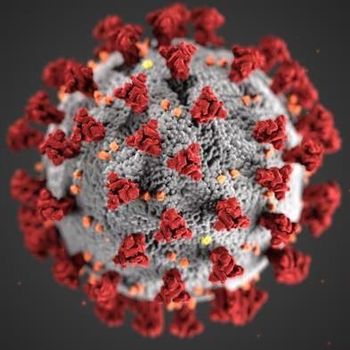
The United States has experienced 23% more deaths than anticipated during the first year of the pandemic, according to a new analysis.
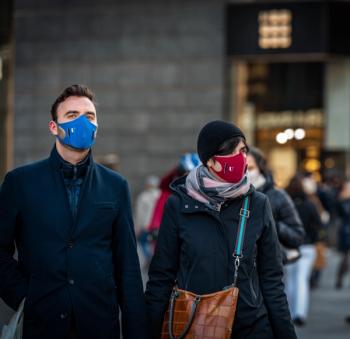
While symptom checkers have the potential to significantly help with overburdened systems, not enough people know about them.
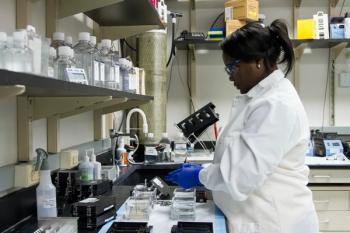
The preclinical study showed that intranasal administration of OMV-Spike protected against the SARS-CoV-2 virus.

Oral vancomycin prophylaxis was found by a small study to prevent C diff infection in thoracic transplant patients.
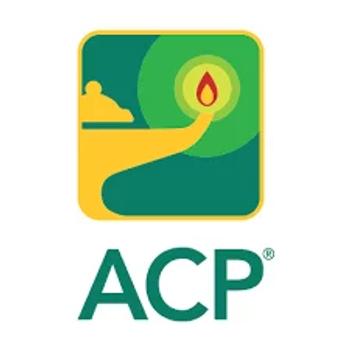
Current evidence remains uncertain to predict natural immunity conferred by SARS-CoV-2 infection, according to living practice points developed by the American College of Physicians (ACP), which urges patients to continue infection prevention practices such as hand washing, mask wearing and maintaining physical distance.
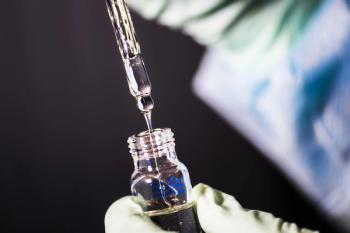
While it was a small study, its findings indicate protection against COVID-19 variants from the vaccine and from recovery from the infection.

The therapy used plasma from recoverees with high levels of antibodies and proved to significantly improve clinical outcomes.

mRNA-1273 was seen to elicit antibodies for COVID-19 180 days following full dosage in a phase 1 trial and is still recommended for use by the authors.

The study suggests that proper air ventilation and masks could reduce the risk of infections in classrooms by up to 50%, making a 6-foot social distancing requirement unnecessary.

Laboratory escape is described as an extremely unlikely source for SARS-CoV-2 in new WHO report, but questions posed to the researchers remain open.
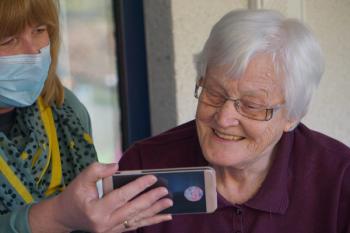
As we hopefully inch closer to a point where COVID-19 numbers are declining and vaccinations are increasing, there is more attention to what risk factors might impact infections, hospitalizations, and mortality.
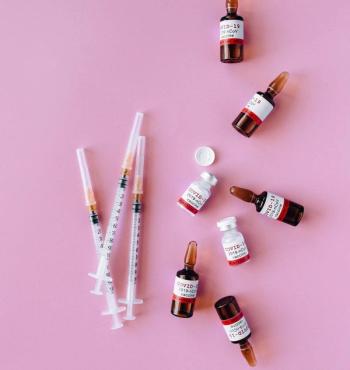
The crossover will allow all trial participants to receive the vaccine while remaining blinded.